XTB — a reliable Forex and CFD broker? Regulation, xStation 5, reviews, pros & cons (2025)
How do you choose a reliable broker among hundreds of options? If you’re asking that question, you’re on the right track. XTB is a major online Forex and CFD broker every trader should know about. Operating since 2002, it has grown over more than 20 years into a global company with offices worldwide. Many beginners pick a broker at random without checking licenses or reputation — and the outcome can be costly. Over 11 years of trading I’ve seen what that leads to. In this review I’ll share an expert take on XTB — one of the industry leaders. What sets XTB apart, where are its strengths and weaknesses, and is it a good fit for FX traders and investors?
XTB isn’t just another forex broker. It’s one of the largest and most established CFD providers on the market. The company is public — its shares trade on the Warsaw Stock Exchange — which means regular financial disclosures and greater transparency. XTB runs its own trading platform, xStation 5, and offers thousands of instruments for online trading — from currencies and commodities to stocks and crypto. XTB also collects industry awards: for example, “Best Broker in Europe” by Global Banking & Finance Review and “Best Financial Educator” from World Finance Exchange & Brokers. The company was named “Brokerage of the Year 2024” by Invest Cuffs. Together, these point to strong brand trust.
In this guide we’ll unpack XTB’s regulation and safety, the broker’s geographic coverage, account types and onboarding, as well as deposits and withdrawals. We’ll examine the tradable instruments, supported platforms, and how XTB compares with competitors (AMarkets, FxPro, Doto, etc.). We’ll also assess education, research and client service. I’ll share personal observations — for instance, how often beginners repeat the same mistakes and how many of them could be avoided using the tools XTB provides. Our goal is to give you enough information about XTB to decide whether it suits your needs.
Ready to see if XTB is right for Forex, CFDs and investing? Let’s start with the essentials — the broker’s reliability and regulation.
Contents
- XTB regulation and reliability
- XTB presence and geography
- XTB account types
- How to open an XTB account (process)
- Deposits and withdrawals
- XTB markets and instruments
- XTB trading conditions (spreads, fees, leverage)
- XTB xStation 5 platform
- XTB mobile app
- Comparing XTB with other brokers
- XTB education and research
- XTB customer support
- Additional features and offers
- XTB pros and cons
- Conclusion
Regulation and reliability of XTB
When assessing a broker, licensing and supervision come first. Here, XTB is a strong example of best practice. The company is regulated by several major financial authorities worldwide, including:
- FCA (UK Financial Conduct Authority) — one of the strictest regulators globally. FCA authorization means robust capital, reporting and client protection requirements.
- CySEC (Cyprus Securities and Exchange Commission) — the European regulator under which XTB serves EU clients.
- KNF (Polish Financial Supervision Authority) — the regulator in XTB’s home country (Poland).
- DFSA (Dubai Financial Services Authority) — licensing for the Middle East market.
- IFSC (International Financial Services Commission of Belize) — regulates XTB International for clients from many other countries.
This regulatory footprint is impressive. In my experience, FCA oversight alongside other top‑tier regulators inspires confidence. XTB is a legitimate brokerage with Tier‑1 regulation, as independent reviews note. Moreover, XTB is publicly listed, which enforces transparency — audited financial statements are published regularly. Such openness is rare among online brokers and builds trust.
Client protection at XTB is solid. Thanks to European licenses, client money is kept in segregated accounts (separate from company funds). Negative balance protection applies — you won’t lose more than your deposit even during sharp volatility. In force‑majeure scenarios, clients in different regions may be eligible for investor compensation schemes. For example, FSCS covers up to £85,000 in the UK, and ICF up to €20,000 in the EU. These limits mean that even if a broker fails, traders can claim part of their funds via regulators. Fortunately, there have been no such cases with XTB — the broker has weathered every financial cycle since 2002.
XTB’s reputation is also reflected in independent ratings. For instance, on Trustpilot it holds a 4.0 out of 5 score based on 2,000+ client reviews. Traders praise the platform’s simplicity and service transparency, while occasionally noting withdrawal delays or technical quirks. Overall sentiment is positive — many recommend XTB for usability and support. The broker has repeatedly received industry awards for service quality. In 2023, XTB won a Rankia award for “Best Customer Service”. In 2022, global football star Zlatan Ibrahimović became an XTB brand ambassador — a move underscoring brand recognition.
Bottom line on reliability: XTB is tightly regulated by leading authorities, publishes financials, offers compensation schemes and negative balance protection. In 20+ years there have been no scandals with unpaid withdrawals or major regulatory sanctions. For me as a trader, this matters: it’s easier to trade when the broker operates by the book. If you value fund safety and transparency, XTB deserves consideration.
XTB presence and geography
Where does XTB operate? The broker started in Poland but expanded far beyond its home market. Today, headquarters are in London and Warsaw, with offices in more than 10–12 countries. XTB has a presence in major European financial hubs (e.g., the UK, Poland, Spain, Germany), operates in the Middle East (XTB MENA in Dubai) and actively serves clients worldwide. Longevity and global expansion are good signs: this is not a fly‑by‑night firm but a broker growing internationally.
That said, XTB primarily targets the European market — important for traders from the CIS. There is no Russian‑language site or Russian‑language support. The official site is available in English and dozens of other languages. Residents of certain countries cannot open an account: the broker does not serve clients from the USA and from several other jurisdictions, such as Russia and Ukraine. Restrictions also mention the USA, Canada, New Zealand and regions where XTB lacks the necessary permissions. The reasons are clear — local laws or sanctions.
For some traders, the lack of localization is inconvenient. Support communicates in English (we cover this in the support section). The application and client area are also in English or other available languages. In practice, basic financial English is helpful for confident trading with such a broker. In addition, onboarding may be stricter for citizens of certain countries: based on client feedback, XTB may request more detailed checks and documents on the source of funds for non‑EU residents. That stems from AML/KYC policies and isn’t discriminatory — just be ready for a slightly longer review.
On the other hand, if you live in Europe or supported regions, XTB’s footprint is a plus. The broker has local offices and phone lines in many countries — e.g., an office in Madrid for Spain, and presences in the Czech Republic, France, Portugal, etc. Local presence makes it easier to get help, use local payment rails and receive support in your language. That’s why XTB is especially popular with European traders. It’s often noted that “XTB is oriented to European investors.” The company even offers region‑specific products — for example, Stocks & Shares ISA for the UK and pension accounts in Poland. This strengthens its position in Western markets.
Conclusion: XTB covers much of the world, except certain countries. It suits traders in Europe, the Middle East, Asia and Latin America (where permitted). XTB’s global presence and international licenses speak to its scale. This is not a regional “bucket shop” but an international broker serving clients worldwide — over 1.7 million investors have entrusted it with their money.
XTB account types
What accounts can you open at XTB? The lineup is straightforward: the broker offers a universal account for most clients. Unlike some competitors, XTB doesn’t push many plans — the primary option is called Standard. It’s a retail account with floating spreads and no direct commission on most instruments. This is where beginners and most experienced traders operate. The advantage is full functionality with no high deposit requirements. Moreover, the minimum deposit is $0 — you can start with any amount. In practice, there’s no entry barrier for individuals, which is great: a newcomer can try with $10–50 without risking major capital. (Corporate accounts are different — the minimum is £15,000, which applies to legal entities.)
Beyond the standard account, XTB offers several options for specific client needs:
- Swap‑free (Islamic account). If you open an account outside Europe (e.g., via XTB International), you can request a swap‑free Islamic account. It’s designed for traders who cannot pay interest for religious or other reasons. Overnight swaps are not charged; the broker may apply a fixed alternative fee instead. Availability is a plus for clients from Muslim countries and beyond.
- Professional (Professional Client status). In the EU, qualified traders can request Professional Client status if they meet criteria (substantial capital, experience, trade frequency). Pro status lifts certain ESMA limits — e.g., leverage up to 1:100 or higher — but reduces protections (no access to compensation schemes, different balance protections, etc.). Like other European brokers, XTB provides this option for experienced clients. For most retail traders it’s not necessary, but it’s good to have.
- Demo account. For learning, XTB offers a demo account with virtual funds. Anyone can open a free demo and access xStation with a preset virtual balance. You can practice risk‑free. Note: by default, the XTB demo lasts only 4 weeks — unlike some brokers with unlimited demos. After 4 weeks, the demo closes, but you can register a new one if needed.
A couple more account types worth noting:
- ISA (investment account) — exclusively for UK residents XTB offers a Stocks & Shares ISA. It’s a tax‑advantaged account for investing in stocks/ETFs, allowing UK clients to earn tax‑free within the annual allowance. It’s relatively new and promoted in the UK market. International traders can’t access it, but it shows the broker’s focus on local needs.
- Corporate account — XTB serves both individuals and companies. You can open an account for a legal entity (e.g., an investment firm or fund). Terms largely mirror the standard account, though, as noted, the minimum deposit is £15,000, and bespoke arrangements may apply for larger clients.
It’s also notable that XTB doesn’t offer fixed‑spread or ECN accounts typical elsewhere. Retail clients trade on a single type — market execution with floating spreads (a market‑maker model). Within that, XTB sometimes mentions Standard and Pro. Some sources say XTB has a Pro account with lower spreads plus a commission, but on the public site this isn’t shown for retail — likely terminology for professional clients or certain regions. According to Traders Union, XTB offers three: Standard, Pro and Islamic. Standard — no commission; Pro — tighter spreads + commission on some assets (e.g., $3.5 per lot on stocks and indices); Islamic — Pro‑like but swap‑free. This can vary by XTB entity. If you open a retail account via XTB.com, you’ll most likely get Standard. The lack of confusion is a plus: no need to agonize over plans; everyone gets solid terms with a $0 minimum.
Summary: XTB emphasizes simplicity — one core account for all, with an optional Islamic variant. That helps beginners: register and trade without extra hurdles. Advanced traders can apply for professional status or special terms. A demo exists (time‑limited). I always suggest: test on demo before going live. XTB gives you 4 weeks — enough to learn the platform and trial a strategy.
How to open an XTB account (process)
How complex is XTB onboarding? The company aims for a fast, digital flow. In practice, filling the form takes roughly 15–30 minutes, and the account is often ready the same day. Step by step:
- Online form. Go to the XTB website and click “Create Account”. Enter your email and country of residence. Choose the correct country — this determines which XTB entity serves you and which terms apply. EU residents are routed to the European site; others to the international domain. Set a password. You’ll then provide personal details: name, date of birth, ID document, address, etc. Standard bank‑like data. You’ll also choose your base currency (EUR, USD, GBP, PLN or HUF) and preferred platform (xStation by default).
- Experience questionnaire. As a regulatory requirement, XTB assesses your knowledge. You’ll answer questions about trading experience, education, employment and finances. For example: how long you’ve traded, which instruments, whether you’ve used margin, your understanding of CFD risks, etc. Answer honestly — the goal is to ensure risk awareness. If you indicate zero knowledge, you may get warnings, but the account is still opened. This part takes ~5 minutes — mostly multiple choice.
- Identity verification (KYC). The final step is verifying your identity. As a regulated broker, XTB must check clients. You can do everything online: upload scans/photos of documents in the client area. You’ll need an identity document — passport or ID card (in some cases a driver’s license) — and a proof of address such as a utility bill or bank statement issued recently. Many EU clients can use instant video verification with an XTB agent, speeding things up. If video isn’t available, upload files and wait. Reviews suggest checks take up to 24 hours; in my case approval came within a couple of hours — quite fast. Naturally, surges in applications can take longer. Upload clear copies to avoid delays.
- Confirmation and access. After successful verification, you’ll receive an email confirming the account is open. You get a trading account number and can log into the client area and platform. It’s a good moment to enable extra security (e.g., two‑factor authentication) and fund your account if you’re ready to trade.
To illustrate the interface, below is a screenshot of the XTB registration form — it shows the fields to complete and how the online flow looks:
Example: XTB online registration (entering details and choosing account settings).
As you can see, the process is fully online — no paperwork. From signup to first trades can fit within a single day. XTB estimates ~15 minutes to complete the form and under 24 hours for approval, which independent reviews also rate 5/5 for speed and ease.
A few nuances:
- Like all regulated brokers, XTB may request additional information if anything is unclear — e.g., source of funds (especially for larger sums) or resubmission of unreadable documents. Provide what’s needed to keep things moving.
- If you are a citizen of a restricted country (e.g., Russia), the system may block registration or ask you to contact support. In that case, you’ll need a different broker — XTB follows sanctions and legal requirements.
- After opening, a representative may call (account manager). XTB often assigns a personal manager to new clients to help with first steps — platform walkthroughs, verification questions, sometimes a training session. It’s free and useful for beginners.
Takeaway: You can open an XTB account entirely online in a day, with no minimum deposit and a clear, guided process. The company follows KYC standards without adding needless friction. With documents ready, you can fund and start trading within hours — a low barrier for new traders.
Deposits and withdrawals
How can you fund an XTB account and withdraw profits? The broker aims to make money in/out straightforward and (in most cases) free. Key points:
Deposit methods: XTB offers several options:
- Bank transfer — the classic route for larger sums. You can transfer USD, EUR, GBP and other currencies directly to XTB’s bank details. Arrival time: 1–3 business days. There’s no XTB fee for bank transfer deposits.
- Bank cards (Visa/Mastercard) — usually the quickest. Credit and debit cards are supported; funding is instant or within minutes. XTB doesn’t charge its own card deposit fee, but some regions may have processing fees of ~1–2% (for example, for UK clients via Skrill — 2%). In most EU cases card funding is free.
- E‑wallets — XTB supports a range of wallets: PayPal, Skrill, Paysafe, Neteller, SafetyPay, etc. (the lineup depends on your country). E‑wallet deposits are typically instant. Wallet providers may charge their own fees (e.g., Skrill 2% in some regions). XTB itself doesn’t charge for deposits via any supported method. That’s a big advantage.
Account currencies: When opening, choose your base currency (USD, EUR, GBP, PLN or HUF). Pick the currency you mainly use to avoid conversion. If conversion is required, XTB charges 0.5% when the payment currency differs from the account currency. For example, if your account is in USD and you fund in another currency, conversion is 0.5%. To save on fees, consider opening the account in a suitable currency or use multi‑currency online banks.
Other deposit details: You can fund only from accounts in your name — the payer name must match your XTB profile. Third‑party deposits aren’t accepted (standard AML). There’s no minimum amount — you can deposit even $10. For practical Forex trading, $100–200 often makes sense given margin requirements.
For convenience, a table of deposit methods and fees:
| Deposit method | Posting time | XTB fee | Notes |
|---|---|---|---|
| Bank transfer | 1–3 days | 0% | Your bank may charge for interbank transfers. |
| Bank card | Instant | 0% by XTB | The card issuer may charge for foreign transactions. |
| PayPal | Instant | 0% | Not available in all countries. |
| Skrill/Neteller | Instant | 0% (up to 2% in some regions) | ~2% processing in certain countries (e.g., the UK). |
| Other e‑wallets (Paysafe, PayU, etc.) | Instant | 0% | Availability depends on your country. |
As you can see, funding at XTB is mostly free and fast. Personally, I prefer cards — funds arrive instantly so you can trade right away.
Now to withdrawals — equally important:
Withdrawals:
- Method: XTB withdraws via bank transfer to your bank account. You can withdraw profits to your bank or card by providing account details. Direct wallet withdrawal isn’t supported — first to your bank, then you can move funds elsewhere. This is standard AML practice: brokers send withdrawals to the funding source or to an account in your name. XTB’s policy: “You may withdraw only to bank accounts held in your name.” You cannot withdraw to someone else’s account.
- Withdrawal fees: XTB doesn’t charge a fee if the amount exceeds a threshold (varies by country/currency). Broadly, if you withdraw a medium or large amount, it’s free. For EU/UK clients, the threshold is roughly $100/€80/£60 — at or above these amounts the fee is $0. Below that, a fixed fee applies: $20 for <$100, €16 for <€80, £12 for <£60, etc. These thresholds are modest — many traders simply wait until ~$100 to avoid fees.
- Speed: XTB processes requests quickly. If you submit before ~13:00 (Poland time), funds are sent the same business day and usually reach your account within 1 day. Otherwise, the next business day. In practice: 1 day, or 2–3 days if weekends or bank delays intervene. Many reviews confirm next‑day receipt, which is strong for the industry. Bank processing can add a day or two, but XTB doesn’t drag its feet.
- Minimum withdrawal: There’s no formal minimum — you could withdraw $5 — but below the free threshold fees apply. In practice, $50–100 makes sense to avoid the fixed charge.
Withdrawal fees for small amounts by currency:
| Payout currency | Free‑withdrawal threshold | Fee if below threshold |
|---|---|---|
| US dollars (USD) | $100 and above | $20 |
| Euros (EUR) | €80 and above | €16 |
| Pounds (GBP) | £60 and above | £12 |
| Hungarian forint (HUF) | 12,000 HUF and above | 3,000 HUF |
| Other currencies | Equivalent of €100 (by country) | See local terms |
The thresholds are low. Compared with some competitors that require $200–500 for free withdrawals, XTB is quite lenient. Above the threshold there’s no XTB fee at all.
Example flow: in the client area or xStation, open “Withdraw”, enter your bank details (IBAN, SWIFT) and amount. The system shows any fee (if applicable) and asks for confirmation. After submitting, the request is processed. Sometimes a manager calls to confirm the reason (a standard “is everything okay?” call some brokers make). Usually it’s automated.
Important: withdrawals go only to bank accounts in your name. If you funded by card, XTB may first refund back to that card (up to the deposited amount), with the remaining profit sent to your bank account. This is common practice.
Inactivity fee: As with many European brokers, XTB charges an account maintenance fee if you don’t use your account for a long period. It’s €10 per month, but only after 12 months of inactivity and if there have been no deposits in the last 90 days. The easy fix: if you’re not trading, close positions and withdraw funds or place at least a minimal trade once a year.
Funding/withdrawal summary: XTB offers fast, mostly free deposits and cash‑outs. Funding is available via bank, cards and e‑wallets. The broker does not charge for deposits, so $1,000 sent equals $1,000 credited (barring conversions). Withdrawals by bank transfer are fee‑free above ~$100 and typically arrive within a day or two. No hidden charges or chronic delays — XTB has earned traders’ trust on payments. A nice extra is interest on idle cash (covered later). The only notable minus is the €10 inactivity fee after a year, which is easy to avoid.
XTB markets and instruments
One of XTB’s strengths is the genuinely broad product shelf. You can access most major global markets via CFDs and also invest in real stocks and ETFs. Here’s what you can trade with XTB:
- Forex (FX): over 65 currency pairs — from majors (EUR/USD, GBP/USD, etc.) to exotics with the Polish zloty or Mexican peso. XTB lists 69 pairs in total, including USD, EUR, GBP, JPY, CHF, AUD, CAD majors; crosses; and several emerging‑market currencies. Spreads are low (more on that below) with standard leverage (up to 1:30 in the EU, higher elsewhere). FX is a core XTB focus, and conditions are on par with top competitors.
- Indices: about 35 equity indices from leading markets. XTB’s CFD list includes the S&P 500, NASDAQ 100, Dow Jones, DAX 40, FTSE 100, Nikkei 225, EURO STOXX 50 and more, plus indices for Spain, France, China, Poland, Australia, etc. There are 27 index CFDs at present. Spreads are competitive (e.g., DAX from 1 point; S&P 500 around 0.5 points).
- Commodities: a wide set of commodity futures via CFDs — roughly 20–30 instruments. Metals (gold, silver, platinum, palladium), energy (WTI, Brent, natural gas), and ags (wheat, corn, soy, coffee, sugar, cotton, etc.). In total, 27 commodity CFDs.
- Stocks (via CFDs and in real form): a standout area — a huge stock universe. XTB clients can trade 2,000+ stock CFDs and (notably) around 6,000 real stocks from multiple exchanges. Stock CFDs cover US names (Apple, Tesla, Amazon, etc.), Europe (e.g., BMW, BP), Asia and more. Since 2019, XTB has allowed commission‑free investing in real stocks up to a turnover cap (details in the next section). In some entities real stocks/ETFs are not available (e.g., via XTB Europe/Cyprus); they are accessible via XTB UK, XTB Poland and XTB International (Belize). The selection is extensive — from Google and Netflix to Adidas and Siemens, including Warsaw‑listed names.
- ETFs: similar to stocks, XTB offers ETF CFDs (around 200 funds) and over 1,400 real ETFs for investing. You’ll find broad market trackers (e.g., S&P 500), gold, tech (QQQ) and hundreds more.
- Cryptocurrencies: XTB supports crypto speculation via CFDs with around 40 instruments — mostly leading coins such as Bitcoin, Ethereum, Ripple, Litecoin, Bitcoin Cash, etc. Note: these are CFDs; you don’t buy actual coins and cannot withdraw to a wallet. In the UK, retail crypto‑CFDs are banned by the FCA and are therefore unavailable. Elsewhere, leverage is low (often 1:2) and spreads can widen during off‑hours.
Beyond these, XTB doesn’t offer direct trading in individual bonds, listed options or futures (only via CFDs). No binary options — they’re banned in the EU. No mutual funds — ETFs fill that role. No ready‑made copy portfolios (aside from investment plans, covered later). Overall, XTB’s lineup covers 99% of what an average trader or investor needs.
The total instrument count exceeds 10,000. According to BrokerChooser, XTB offers over 10,000 instruments, including 1,400+ ETFs and 6,000+ stocks. That’s among the broadest on the market. Many competitors have 1,000–3,000 at most. XTB even surpasses some investment platforms in sheer breadth. For traders, that diversification is valuable: you can manage everything in one place.
Comparison of instrument counts for XTB and several competitors:
| Asset class | XTB | AMarkets | FXPro | Doto |
|---|---|---|---|---|
| Currency pairs | 69 | ~50 | 70+ | 60+ (MT5) |
| Index CFDs | 27 | ~16 | 20+ | ~10 |
| Stock CFDs | ~2,200 | ~300 | ~2,100 | ~0 (planned) |
| Real stocks | 6,000+ | 0 (CFDs only) | 0 | 0 |
| ETF CFDs | ~218 | 0 | 0 | 0 |
| Real ETFs | 1,400+ | 0 | 0 | 0 |
| Commodity CFDs | 27 | ~7 | 10+ | 6 |
| Crypto CFDs | 41 | ~12 | 30+ | 20 |
| Total instruments | 10,000+ | ~700 | ~2,100 | ~1,000 |
Note: competitor figures are approximate. XTB clearly leads on market breadth.
Also, XTB keeps adding products: many more stocks in 2020–2021, new cryptocurrencies in 2022, and more real stocks from Asia in 2023. This shows a focus on meeting client demand.
Long‑term investing: with real stocks and ETFs, XTB works not only for short‑term trading but also for buy‑and‑hold investors. You can own shares indefinitely and receive dividends (XTB credits dividends on real holdings). Up to the monthly turnover cap, stock/ETF investing is commission‑free — you can build a portfolio with minimal costs (see the next section). This puts XTB alongside investment platforms like eToro, Trading212, etc., while keeping advanced trading tools — a rare combination.
Speculative trading: day traders and scalpers benefit from breadth too. You can rotate across assets to catch volatility — switch from FX to oil, or from oil to NASDAQ when momentum shifts. That flexibility is valuable. I often do this: if Forex is quiet, I move to stocks — in XTB it’s a couple of clicks.
Limitations: No listed options or direct futures access (CFDs are the route). No social trading (copying) — that’s a platform feature rather than product scope, covered later. No crypto‑to‑crypto pairs — only versus USD or EUR. Spreads can widen on weekends, though crypto markets remain tradable. You cannot buy and withdraw cryptocurrency as coins — CFDs only — which some may view as a drawback, but XTB is a broker, not a crypto exchange.
Important: instrument availability varies by XTB entity. For example, XTB Europe (Cyprus) may not offer real stocks/ETFs; XTB MENA (Dubai) may have a narrower crypto‑CFD list due to local rules. Broadly, though, the picture is clear — XTB provides access to most popular markets.
Verdict: on product variety, XTB is among the leaders. It suits those trading Forex and CFDs and those diversifying with stocks, ETFs or even crypto. 10,000+ instruments on one platform is a major edge. For traders, that enables almost any strategy: scalp FX, invest in ETFs, or hedge a stock portfolio with CFDs. Few brokers match this range. Independent ratings sometimes score the “product offering” at 3.3/5 due to missing options/futures, but for retail needs the coverage is more than sufficient.
With the “what to trade” covered, let’s move to the “on what terms” — spreads, fees, leverage, etc.

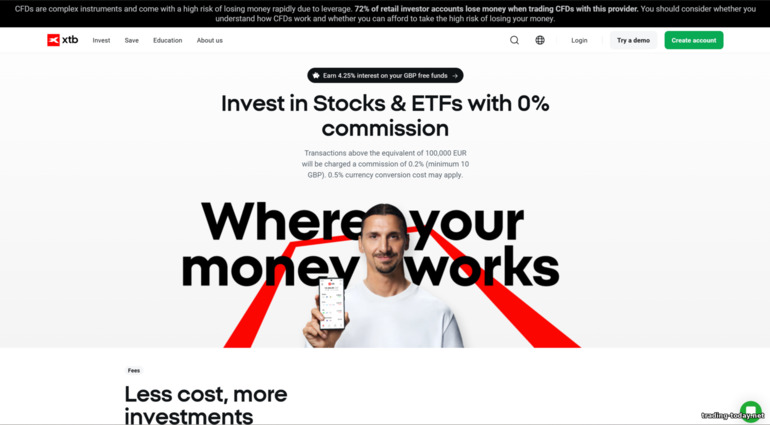



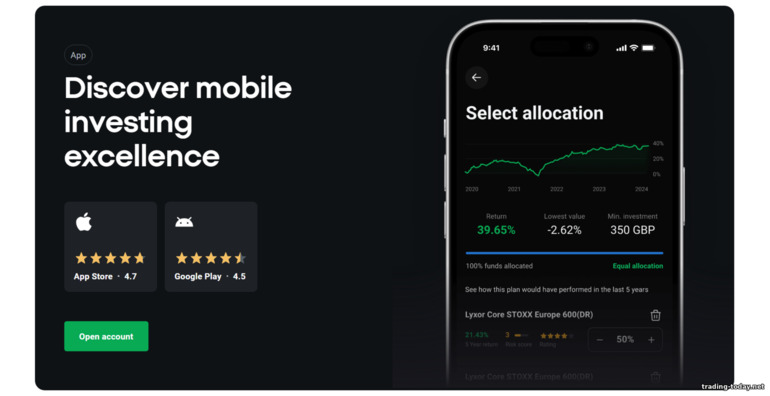
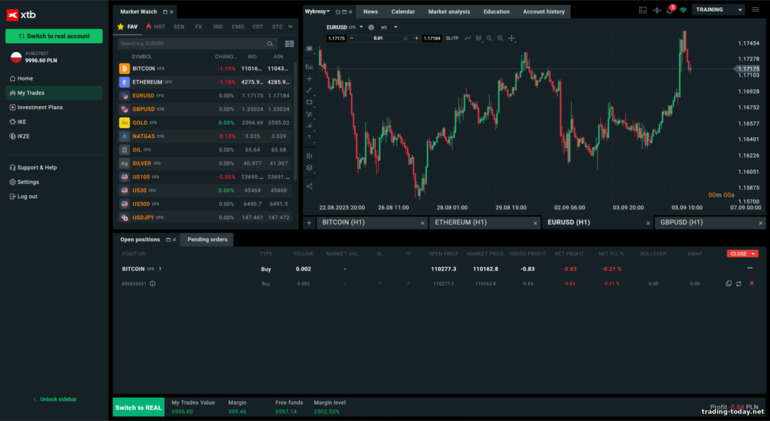




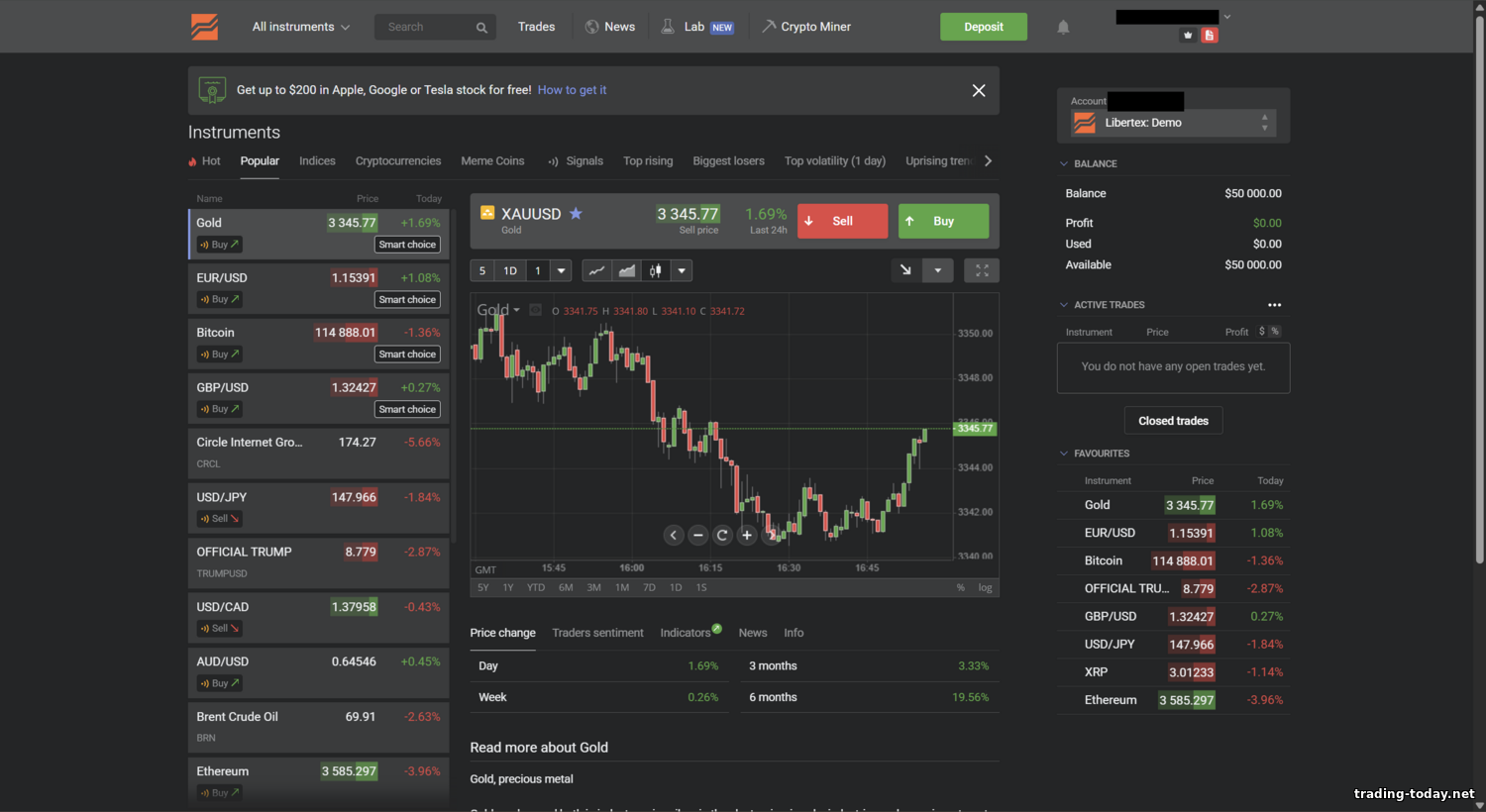
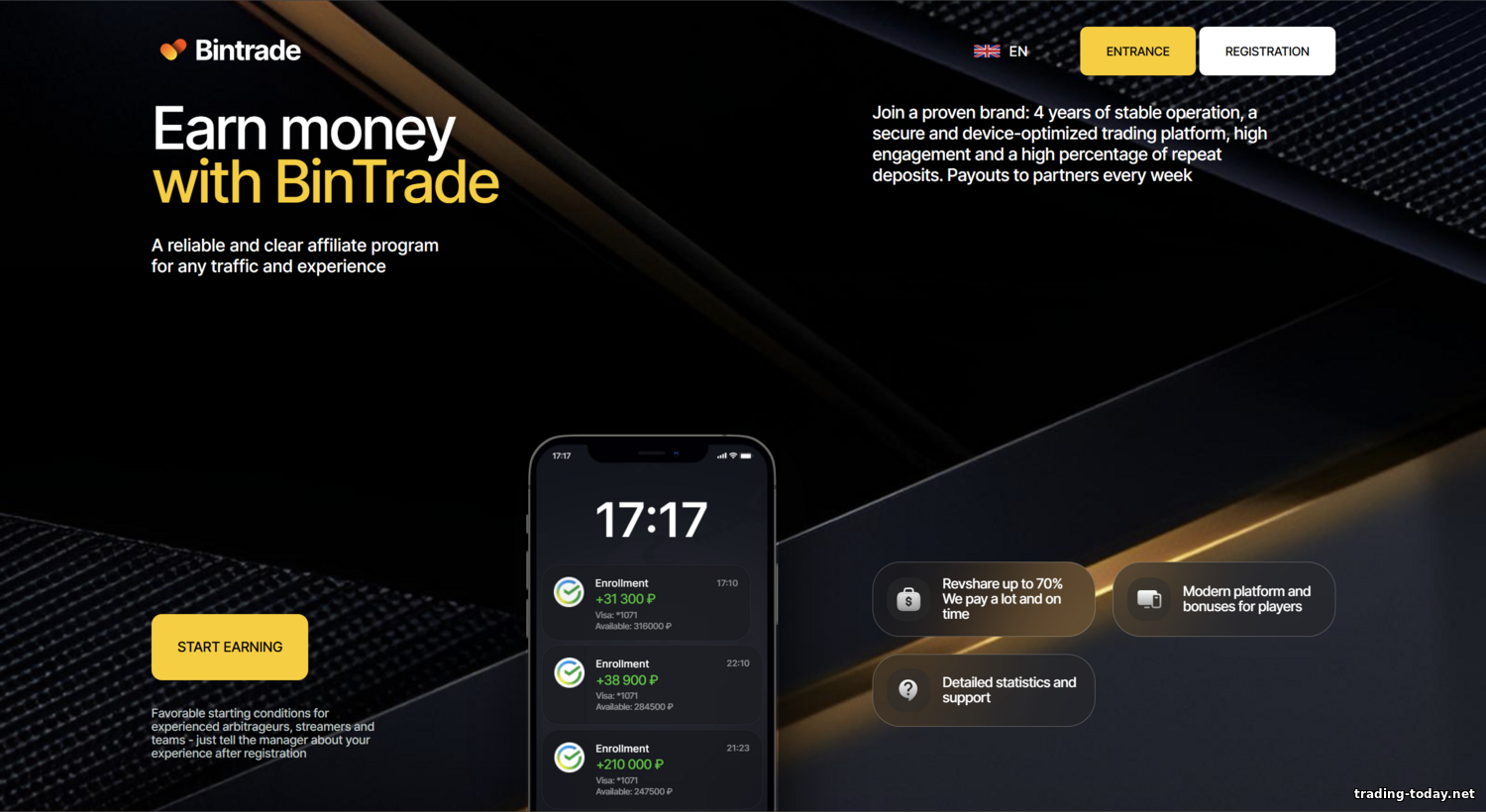
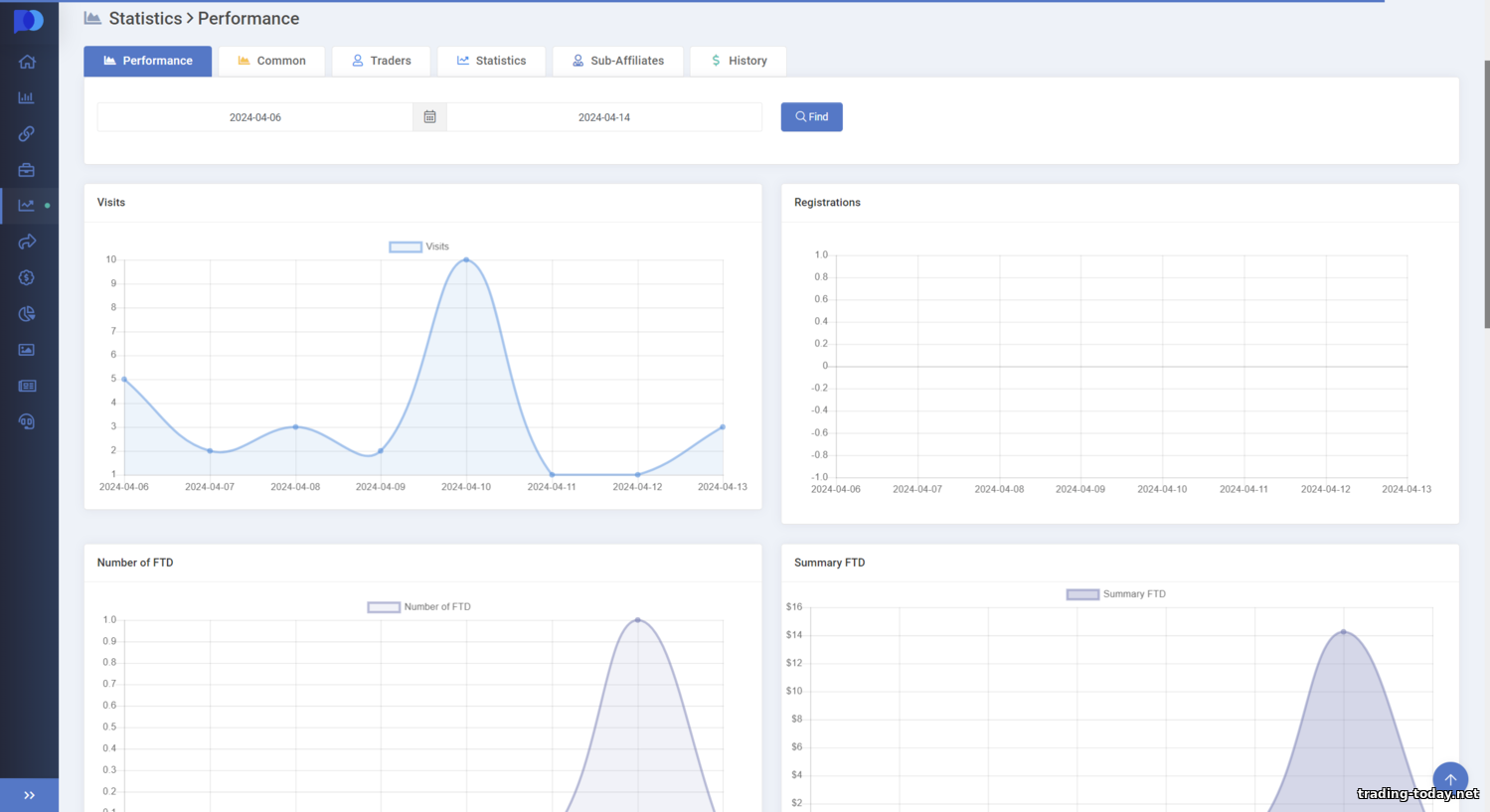


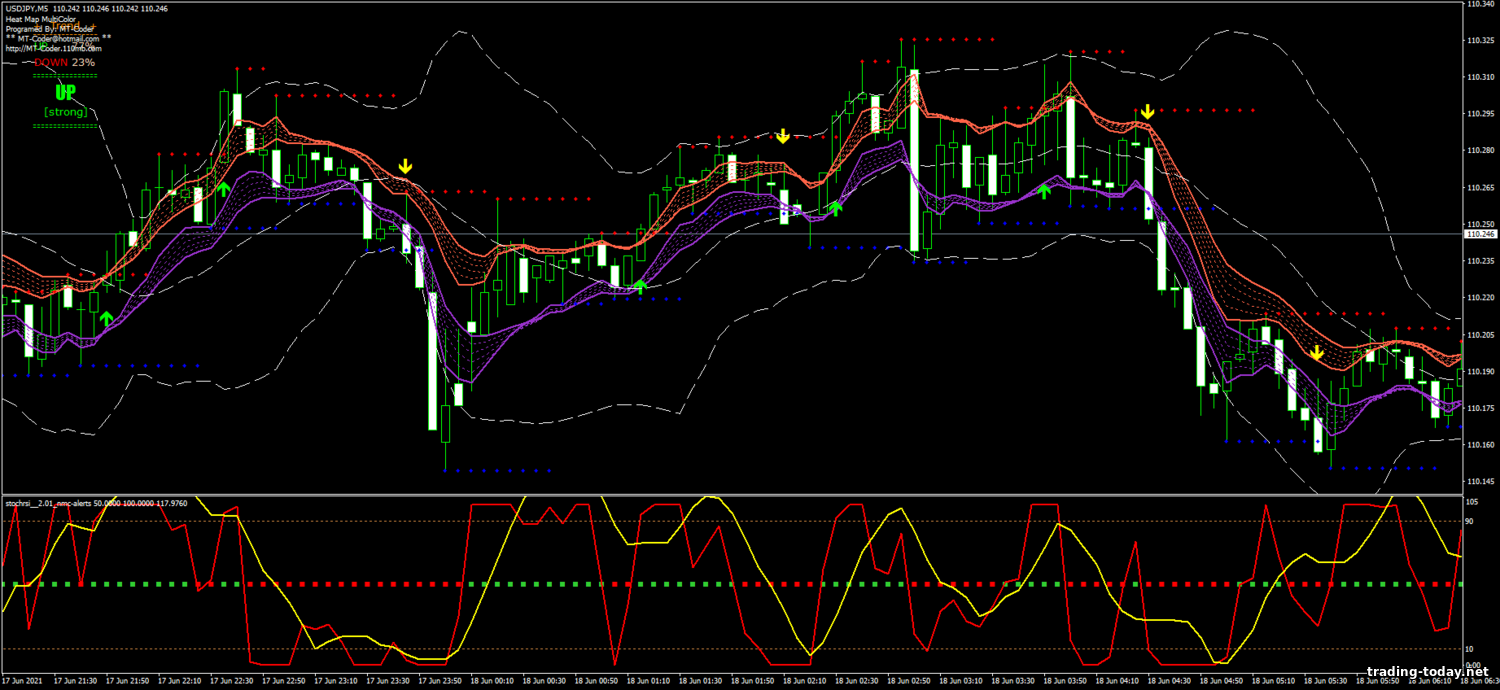

Reviews and comments